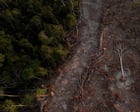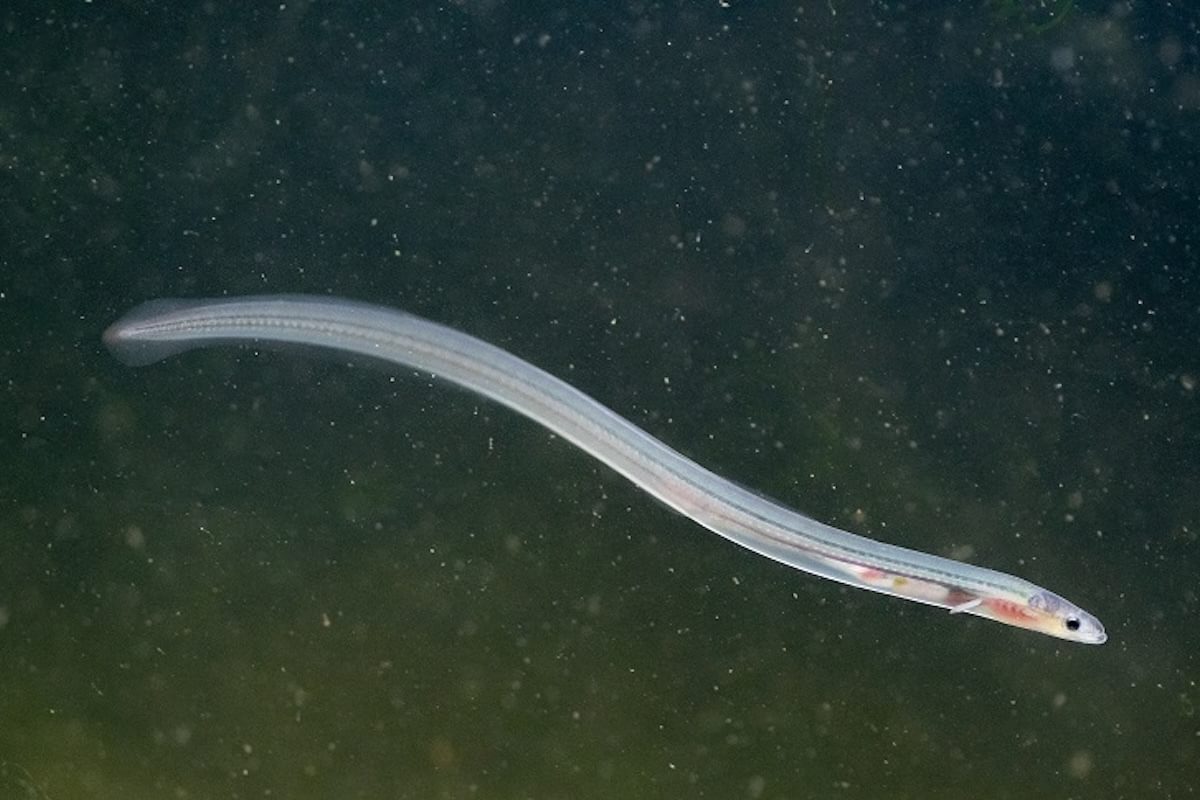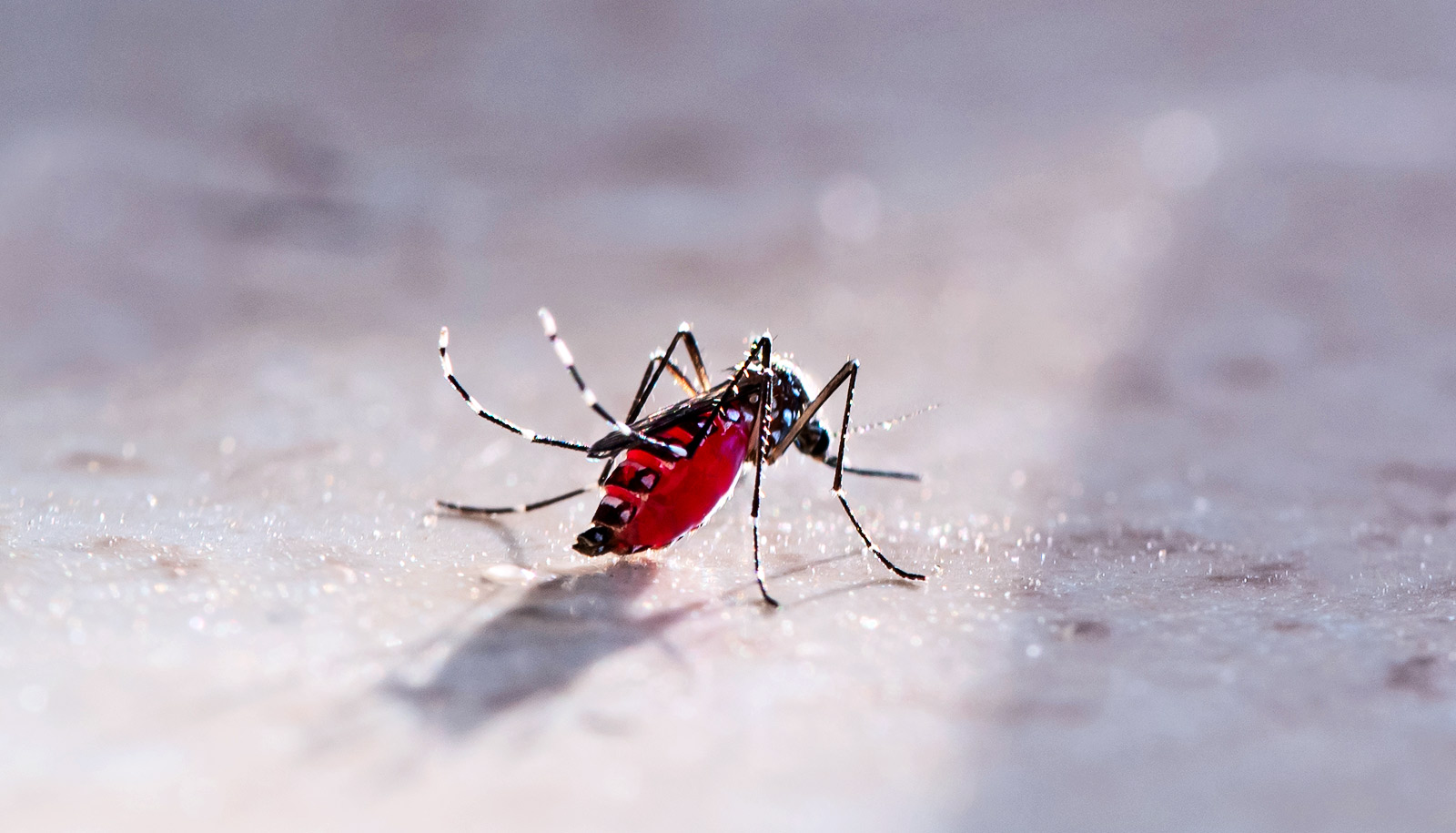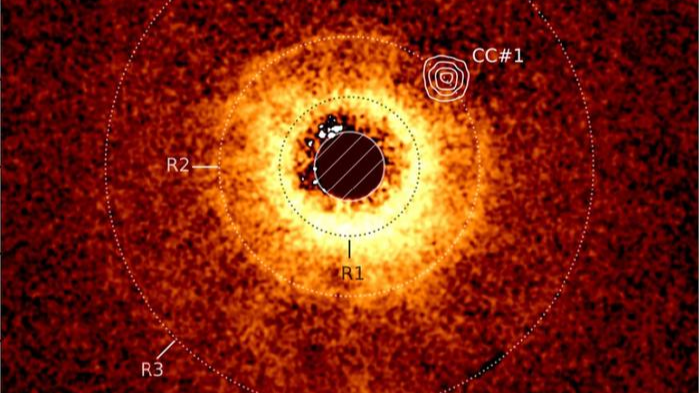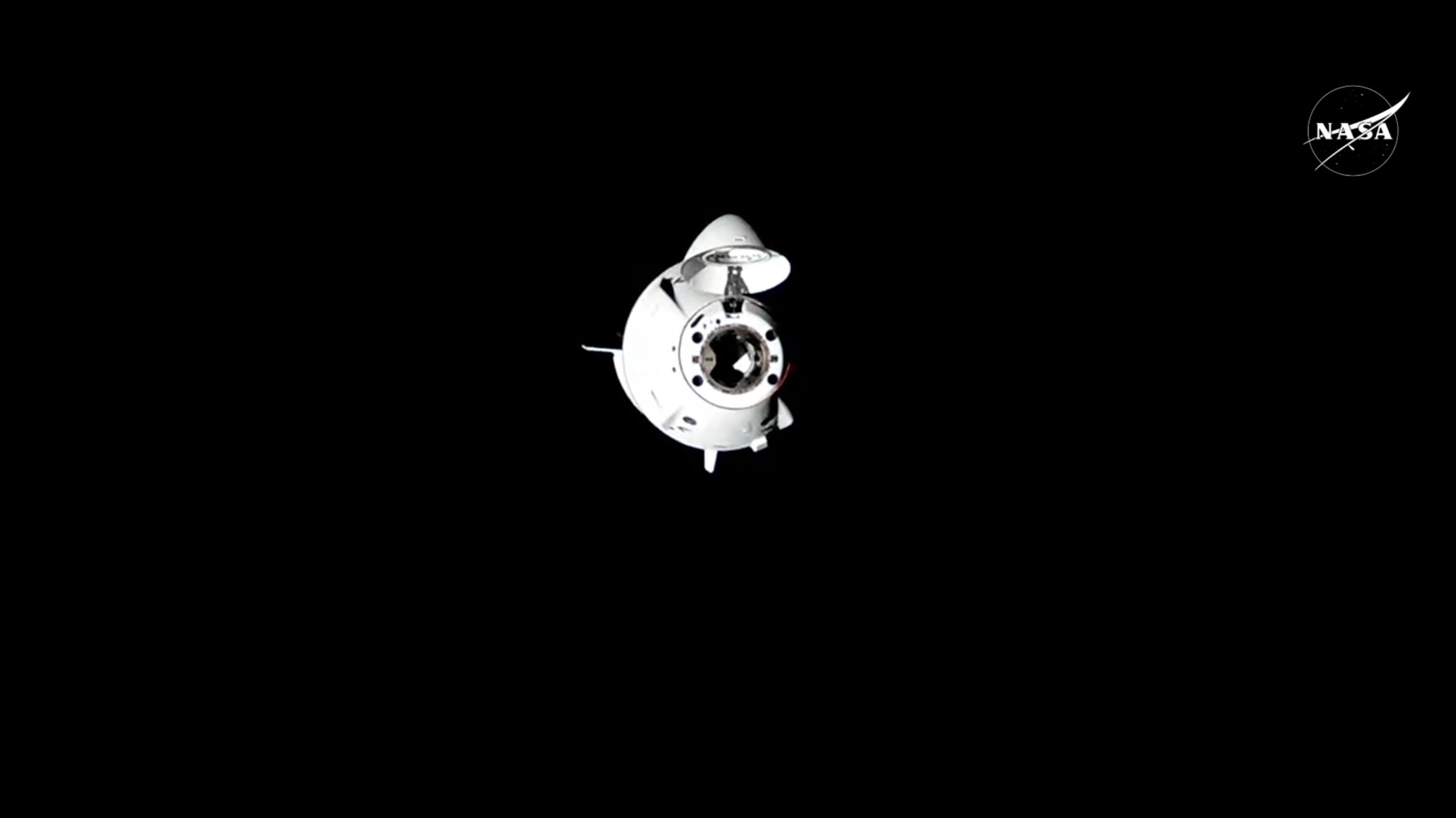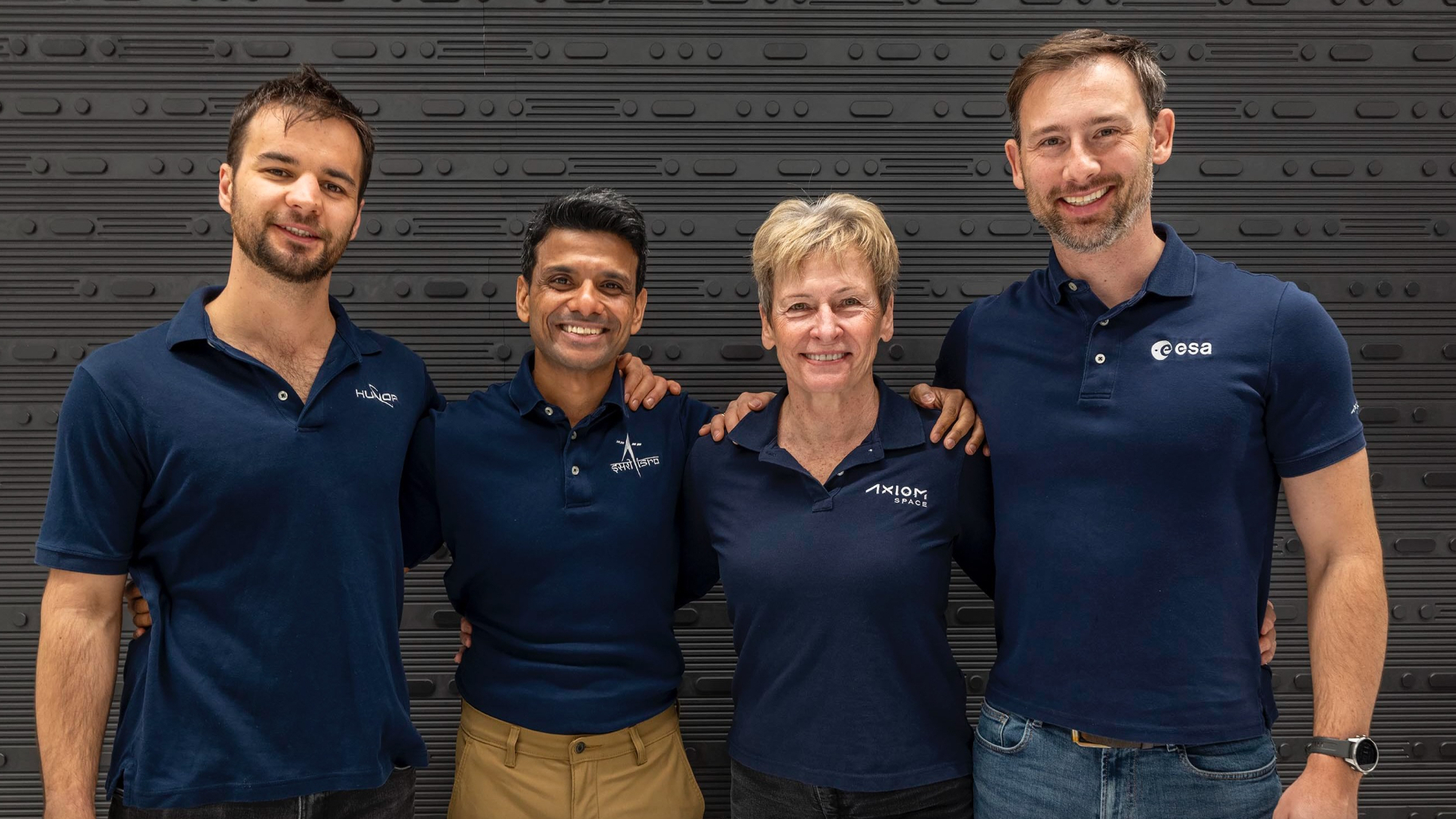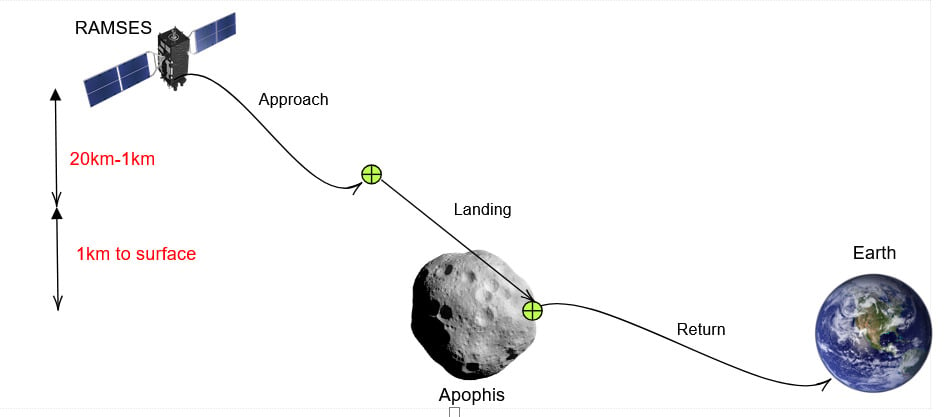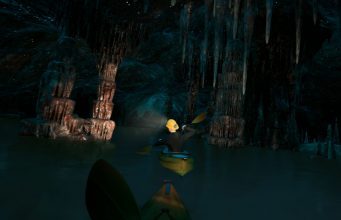How listening to light waves could prevent subsea cables sabotage
Optics 11 claims its underwater surveillance system can keep constant tabs on ships while remaining undetected. The post How listening to light waves could prevent subsea cables sabotage appeared first on Popular Science.

The lifeblood of global communication flows through more than 807,800 miles worth of garden hose-wide cables woven across the sea floor. These cables, which reportedly transmit over $10 trillion worth of financial data every day, are vulnerable to extreme weather, decay, and, if recent reports are to be believed, acts of sabotage.
The Associated Press estimates that at least 11 cables have been damaged since October 2023 in the Baltic Sea alone. Finnish and German authorities traced several of those incidents back to dragged anchors, which they allege may have been intentionally deployed to cause damage for political ends. Fears of escalating subsea cable sabotage have even prompted NATO to ramp up its military surveillance presence in the region through an all-hands-on-deck mission dubbed “Baltic Sentry.”
But keeping tabs on the Earth’s subsea cables is easier said than done. Physical monitors simply can’t be everywhere at once and current passive detection tools are relatively easy to spot. Optics11, a maritime‑defense company based in the Netherlands, is trying to solve that growing problem with OptiBarrier, an underwater surveillance system it claims can “listen” using light.
The company says OptiBarrier amounts to a “network of sensors” on the seafloor, capable of detecting minute variations in the way light travels through the cables. Advanced computer models back on shore then analyze those irregularities to identify and locate vessels sneaking around where they shouldn’t be. If detected early, these sensors could serve as a first line of defense against subsea‑cable sabotage.
“We can deploy several of the sensors that we have at different areas in the sea and all of them are registering acoustic signatures from all the vessels and all the threats that might threaten critical assets in the sea,” Optics 11 Application Engineering Manager Aydin Zaden says in a video explaining the technology.
News of OptiBarrier was first reported by The Next Web earlier this week.
Spy vessels can leave behind faint traces of sound
The system relies on triangular, metal fiber-optic–linked hydrophone “pods” placed on the seafloor. These devices are equipped with passive acoustic sensors that continuously listen for underwater sound signals. Sound waves from passing vessels subtly alter the way light travels through the fiber-optic sensors. The devices measure these changes and transmit the signals to a command center. Once received, operators can compare the signal discrepancies against a database of known sounds to identify the type of vessel, along with its location and trajectory.
Optics11 CEO Paul Heiden told TNW that in some cases, the system can use the faint variation in signal measurements to determine a vessel’s exact make and model. Heiden claims OptiBarrier can detect vessels from up to 150 kilometers (93 miles) away—roughly the distance between Boston and Rhode Island. Coverage is dependent on placing one of the pods a kilometer (or roughly every half mile) apart from each other in a daisy chain-like layout.

The precision of the models’ detection is broken up into three circular zones. Optics 11 claims it can maintain “real-time threat tracking” in a zone up to six kilometers (4 miles) in diameter from the pods. A second large zone, up to 30 kilometers (19 miles), is less precise but can still identify the presence of large ships. Optics11 says its OptiArray device, a similar model that is attached atop submarines and ships, is being integrated into the Royal Netherlands Navy’s “Orka-class” submarines. It’s unclear if any governments are currently interested in the seafloor monitor model, or how much it costs.
Optics 11 did not immediately respond to Popular Science’s request for comment.
Currently, subsea fiber monitors rely on a process called Distributed Acoustic Sensing (DAS) to detect disturbances. This technique typically sends out a series of electromagnetic pulses and analyzes how the returning waveforms change, which can correlate potential signs of a passing ship or underwater drone. While effective at identifying anomalies, emitting pulses can also reveal the monitor’s location. The OptiBarrier approach allows for stealthier monitoring by passively observing signals without transmitting any of its own pulses. Cutting the pulse out of the equation also means OptiBarrier is less susceptible to jamming technologies, the company says. The pods themselves are designed to be durable enough to resist ocean corrosion and short circuits, with a lifespan of up to a decade when properly maintained.
[Related: The mystery surrounding two severed Baltic subsea internet cables is getting murkier]
Contested oceans are filling up with drones and surveillance equipment
The recent uptick in subsea cable disturbances has sparked renewed interest in more creative early detection methods. Last month, Denmark deployed a pair of U.S.-made floating “saildrones” equipped with cameras, sensors, and microphones to collect ocean data. These are intended to supplement maritime surveillance already conducted by overhead satellites. The move follows a separate initiative by the German Navy, which began testing a 5.5, unmanned underwater “BlueWhale” submarine drone. The German Navy claims the drone can detect both submarines and surface vessels without emitting signals that could compromise its location.
Together, these drone systems and more advanced subsea sensor networks like OptiBarrier suggest a near-future where even remote stretches of open ocean are surveilled as closely as the front lines of a battlefield.
The post How listening to light waves could prevent subsea cables sabotage appeared first on Popular Science.















